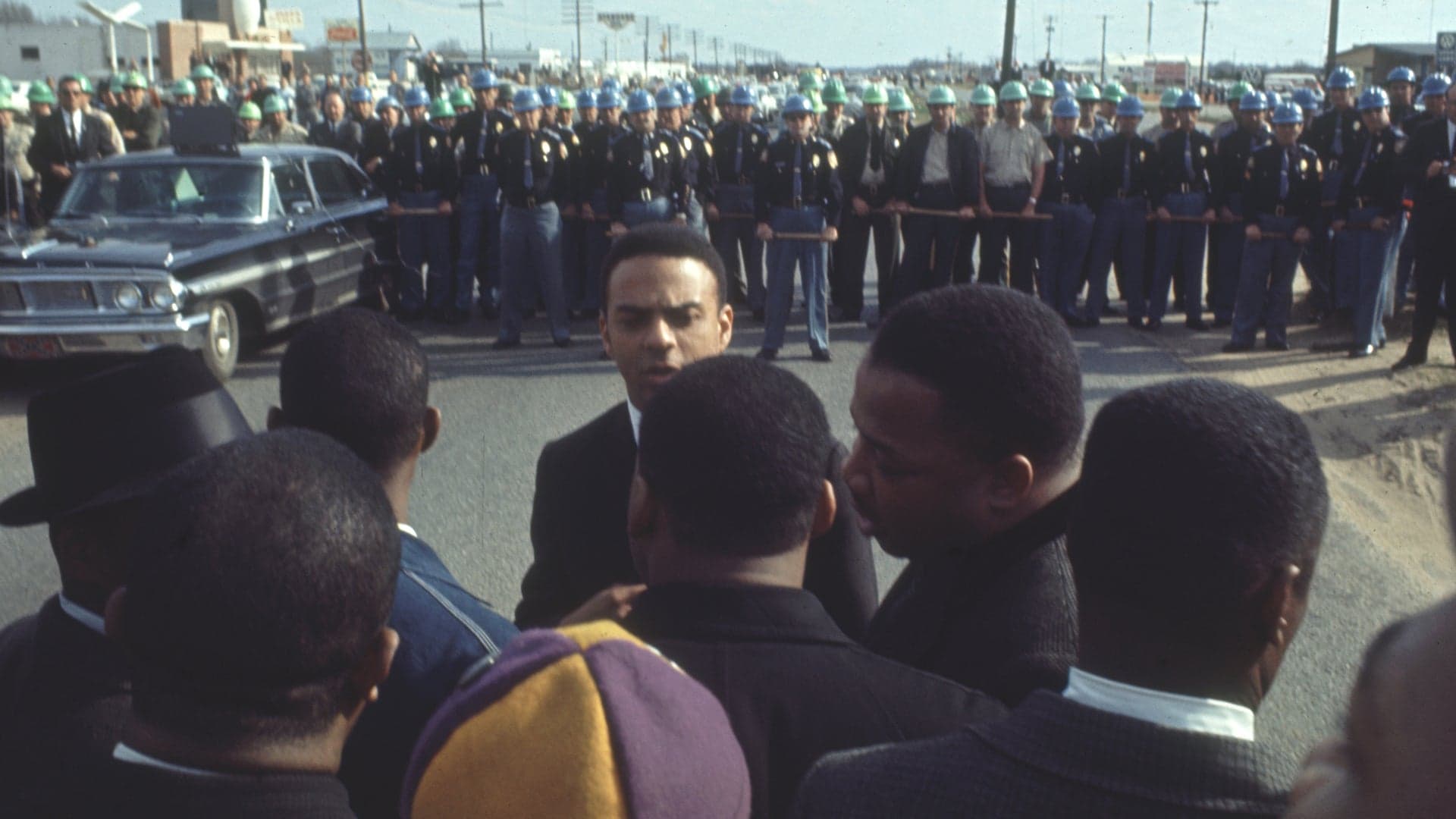
On March 21, 1952, Cleveland, Ohio hosted an event now
recognized as history’s first major rock-and-roll show…
the Moondog Coronation Ball.
Breathless promotion on the local radio station. Tickets
selling out in a single day. Thousands of teenagers,
hours before show time, lining up outside the biggest
venue in town.
The scene outside the Cleveland Arena on a chilly Friday
night in March would look quite familiar to anyone who
has ever attended a major rock concert. But no one on
this particular night had ever even heard of a “rock
concert” before.
The “Moondog” in question was the legendary disk jockey
Alan Freed, the self-styled “father of rock and roll” who
was then the host of the enormously popular “Moondog
Show” on Cleveland AM radio station WJW.





















